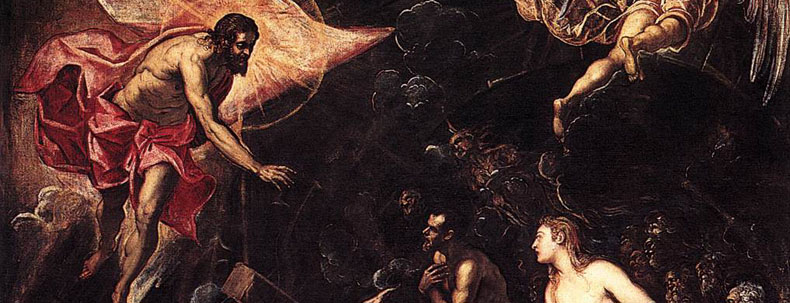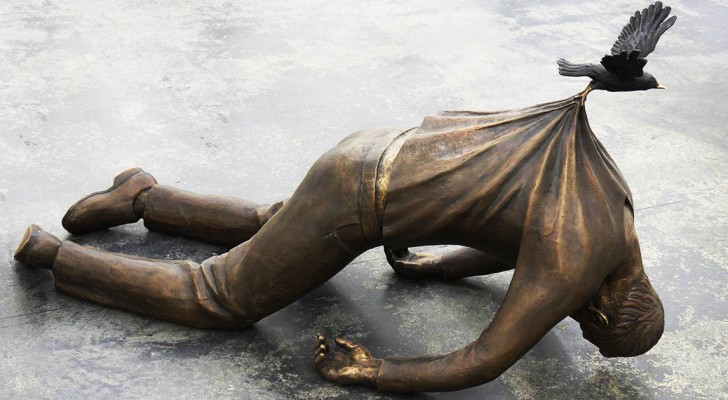The French revolution inspired Beethoven, the young revolutionary leader Napoleon captivated his imagination, earned his adoration and gave him hope for fundamental and positive transformation to a better world. It appeared that democracy for Europe was within reach. Unfortunately, it all came to an end for Beethoven when Napoleon, who was called to fight the tyrant of Europe, declared himself an emperor. All hope was lost, the vision for a better tomorrow vanished for Beethoven. We can see and feel his hopes and disappointments in his third symphony which was composed on and initially dedicated to the revolution and Napoleon.
The symphony’s second movement is known as a funeral march- the hero fell, the liberator is dead. We can almost see and witness the funeral march for the great hero through the slow and motionless theme introduced by the orchestra. But then, something unexpected and amazing happens when about two and a half minutes later a solo oboe dares to break through the veil of sadness and grief and introduce a gentle and bright tune of hope. Next, we hear the thunder and anger of the entire symphonic orchestra silencing the tune of the solo oboe, rip his tune of hope into thousand pieces, shredding every single note of positivity into million pieces and reintroducing the theme of sadness and grief. The hero fell, the hero is dead, and the funeral march should proceed. But the solo oboe, though wounded and hurt, is not about to give up. He keeps reiterating his melody of hope and every time he does so a new instrument breaks free from the funeral march and joins it. There is a motion of inner transformation in the orchestra, the two very different melodies start blending in, merging with each other and becoming one. What emerges is something new and quite different, it carries immense pain but is also bright and full of hope, it is wounded but also healing, it is dark but also pure. By the end of the second movement the single oboe manages to transform the darkness and sadness of the entire orchestra by not giving up, by stepping into the darkness and grief of the funeral march.
How do we deal with pain, fear, trauma and suffering in our lives? If it is something in our past, we try to build walls and forget about it. But these mental walls often leak and contaminate our present lives. If it is something in the present, we try to look for the quickest way out, we try to deny it. We find many miracles in the earthly ministry of our Lord. He miraculously healed the sick, transformed water into vine, multiplied a few pieces of bread to feed multitudes, resurrected the dead, revealed his divine in the glorious transfiguration. Couldn’t He save humanity by another grand miracle? Instead, He did something very different. He stepped directly into the soul of human pain through his Crucifixion and confronted the darkest human fears of death and uncertainty by dying, descending to hell and destroying its gates.
Before and after Christ, countless philosophers, psychologists, spiritual disciplines and the marvels of wisdom literature charted and showed the path to human enlightenment, healing and happiness. Yet, for us as Christian, the path is drawn by our Lord through his cross and sealed by his resurrection. The crucifixion and resurrection of our Lord are a reminder that there is only one path leading us to God and it passes through our sacrificial love for others.
We can only step into his heavenly kingdom by stepping into the pain of the strangers around us. We can only be risen through his resurrection by lowering, humbling ourselves and descending into fears and suffering of others. At times, we might feel powerless and sometimes we might feel this to be an impossible task. We might feel overpowered by the scope of grief. We might feel being pulled in and drowning in the suffering of others. Yet, at those moments we should recall that a solo oboe can create a transformation. Most importantly, we have to remember that we are not alone, it is the love of our Lord working, flowing, radiating, healing and transforming through us.


